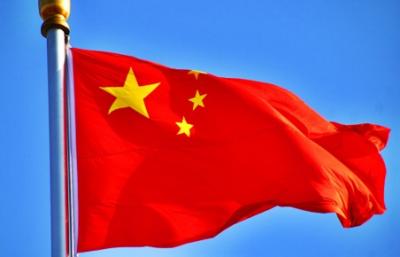The rising level of debts in China has emerged as one of the biggest challenges for President Xi Jinping. A report published last month by South China Morning Post noted that the Chinese state owned firms registered a default of $11.1 billion — 51 per cent of all defaults last year. The Hong Kong based newspaper said that this was “the largest default total for state firms since China first allowed onshore bond defaults in 2014, according to data published by the government linked think tank National Institution for Finance & Development (NIFD).
A large chunk of financing for the ambitious Belt and Road project (BRI) has been undertaken by the China’s state-owned banks, including the Industrial & Commercial Bank of China and China Construction Bank—the world’s two largest lenders in terms of market capitalization. This has also pushed up non performing assets – assets that do not fetch any returns– in the country’s banking system.
Inability in repaying loans by several countries amid the Coronavirus pandemic has aggravated China’s problems.
The Institute of International Finance (IIF) said that China — the world’s largest creditor to low income countries– has accounted for over 40 per cent of the rise in global debt since 2007. “The rise in China’s total debt in the years since the 2008 global financial crisis has been unprecedented, from around 172 per cent of GDP to over 300 per cent in 2019,” it said.
What is also worrisome is that the BRI contours have been now enshrined in the country’s constitution. This will mean that the state owned companies and banks will have to continue lending in the BRI projects.
“The fact that China’s debt level is rising steadily is more a secret. It is surprising that the ratings agencies have not sounded off yet considering that the debt level extremely high along with lack of transparency in furnishing details” DK Srivastava, EY’s chief policy advisor said.
The Center for Strategic and International Studies in a study said that “Chinese loans violate several international lending best practices involving procurement, transparency, and dispute settlement.”
It also noted that while Chinese contractors dominate the BRI linked infrastructure projects, “the Chinese-funded loans are less transparent than those from multilateral development banks,” leaving many countries with unsustainable debt.
The Belt and Road conundrum
While China has promoted the BRI project as a “golden opportunity” for the region, several countries have witnessed a surge in the debt levels.
The CSIS has underlined the need for International Monetary Fund to step in. “To reconcile these competing perspectives, the IMF and China should expand communication channels and launch pilot reforms that address problems on both sides. If these conditions are met, the United States should encourage IMF assistance to BRI countries to protect sovereignty and promote higher lending standards,” the study said.




















